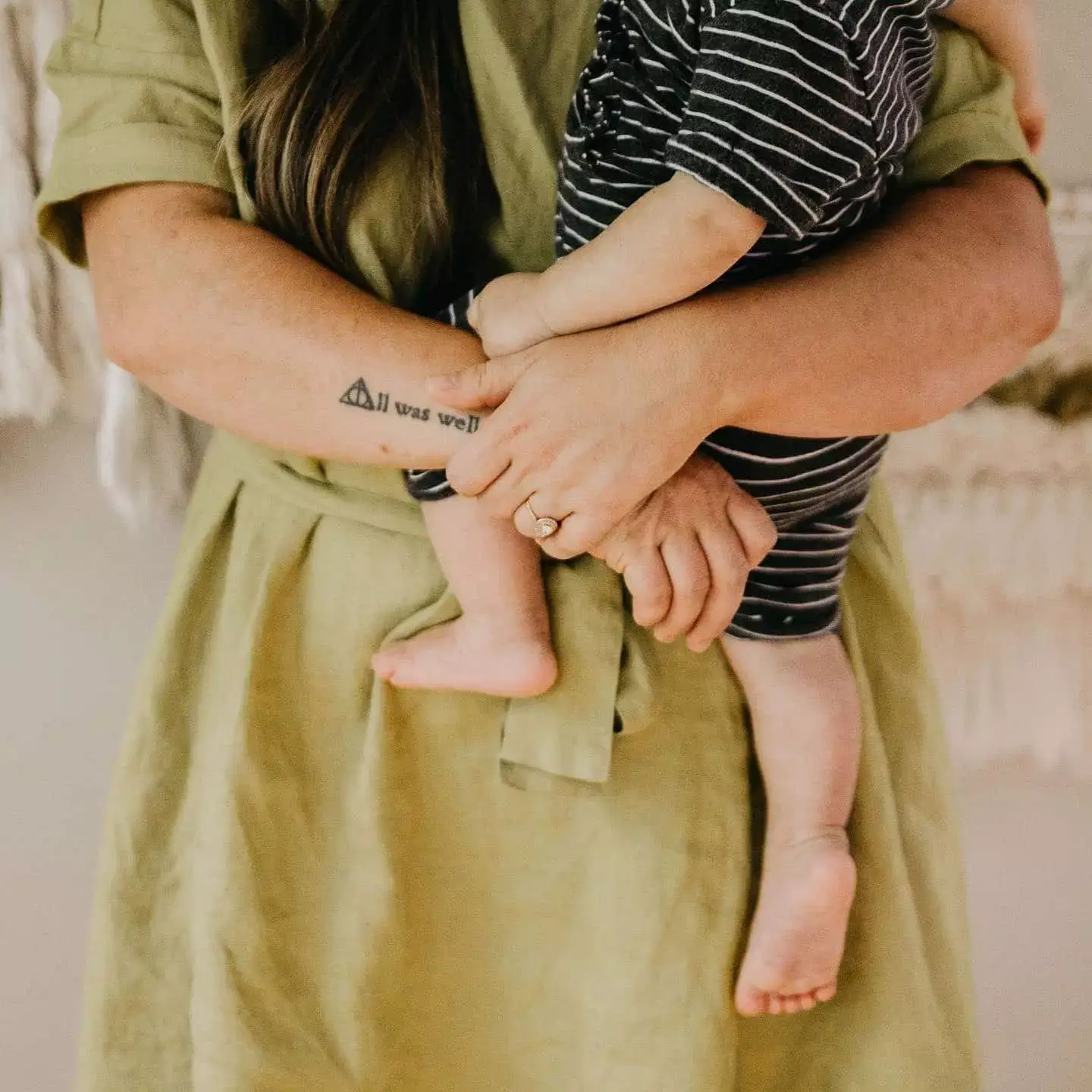On an ordinary day, filled with the joy of motherhood, a heart-wrenching incident can change everything in a heartbeat. Just when you think your family is safe and secure, a sudden event can bring despair, as exemplified by the recent tragedy experienced by Ashton Zager, a devoted mother whose life was turned upside down with the tragic loss of her young son, Hank. Initially believing it to be an unfortunate accident involving a muffin, the terrible truth soon surfaced: a morsel of food was not the cause of Hank’s demise. Instead, a common bean blocked his airway, giving rise to an even deeper layer of confusion and sorrow.
Hank’s story reflects an issue that all parents grapple with, the fear of losing their child to mere chance—something as simple as choking during snack time. Ashton’s raw expression of grief dominated social media, eliciting solidarity and sympathy from thousands of fellow parents who shared her anguish. With over 106,000 shares of her heartfelt post, the community’s reaction underscores how closely knit the fabric of motherhood can be, entwined by shared fears and collective compassion.
The Harrowing Hours at the Hospital
The intensity of Ashton’s experience resonated deeply not just due to its emotional weight but also because of the seemingly mundane context in which it occurred. As parents, we have all witnessed our children blissfully enjoying their favorite foods. This mundane act suddenly morphs into a nightmare. When Hank choked, the frantic call to 911 and the subsequent Heimlich maneuver felt like a glimmer of hope amidst chaos. When they arrived at the hospital, there was still a flicker of belief that everything would turn out okay.
However, the stark reality emerged: despite more than three hours of medical intervention, the team was unable to dislodge the object blocking Hank’s airway. Ashton’s heart-wrenching recount of this instance highlights a profound disbelief—how could such a simple act lead to such devastating consequences? This critical moment serves as a painful reminder of the unpredictability of life, where a slight lapse can lead to irrevocable loss.
Raw Emotions Unleashed
In her grieving process, Ashton eloquently articulated the chaos of emotions swirling within her—anger, sadness, and an overwhelming sense of confusion. The courage to share such vulnerable feelings might resonate with many who have faced similar tragedies; it allows others to feel validated in their own grief. As she described moments spent at her son’s side, singing to him in his final minutes, the depth of a parent’s love shines through the darkness. Here lies a profound truth: the bond between parent and child is immensely powerful, yet so frail against life’s whims.
What is particularly poignant in Ashton’s narrative is her refusal to accept platitudes suggesting that there must be a reason for her child’s death. Instead, she embraces the complexity of life where good coexists with horrific events. In a world dominated by attempts to rationalize and standardize grief, she champions a more authentic experience, acknowledging the chaos rather than hiding from it. It is a refreshing perspective that many suffering parents might find relatable.
Raising Awareness in a Fragile World
Ashton’s heartbreaking story does not simply end with her loss; it serves as a clarion call for awareness regarding choking incidents in young children. According to the American Academy of Pediatrics (AAP), choking remains the fourth leading cause of unintentional death in children under the age of five, with food being a major contributor. This tragic statistic can’t be ignored, prompting a necessary discussion on preventive measures that caregivers should adopt.
The AAP’s recommendations for reducing choking hazards—like cutting food into smaller pieces and maintaining vigilant supervision—are critical. Yet, the reality is that accidents still occur, emphasizing the importance of education and preparedness. One might argue that more extensive educational campaigns targeting both parents and childcare providers are necessary to promote safety. The trauma of this event can galvanize a proactive movement for the safest eating practices for children and perhaps spark conversations that could save lives.
While we cannot shield our children from every possible danger, enhancing awareness around these protocols can instill a greater sense of control and preparedness in parenting. As parents navigate the fragile line between resilience and vulnerability, stories like Ashton’s remind us of the importance of community support and the power of shared narratives in healing and growth.

